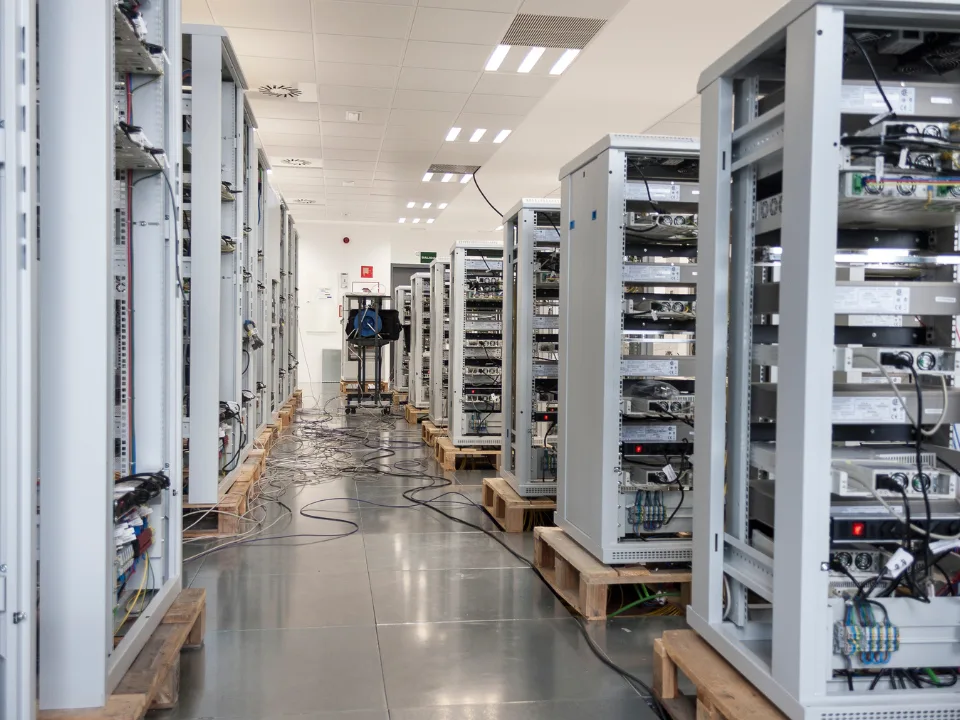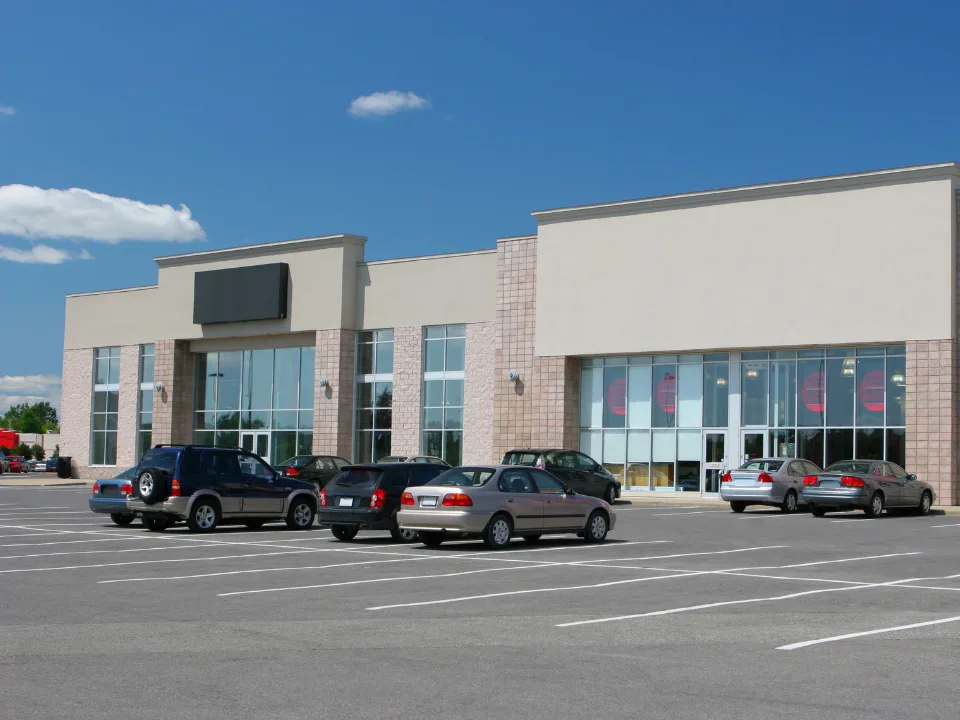- Federal Reserve Chair Jerome Powell suggested a potential rate cut in September if inflation keeps cooling and conditions remain stable.
- The FOMC held the central bank’s discount rate steady at 5.25–5.5%, marking the eighth consecutive meeting without a rate change.
- Real estate industry experts anticipate a spike in deal activity following any potential rate cuts.
On Wednesday, the Federal Open Market Committee left interest rates unchanged for the eighth meeting in a row, maintaining a 5.25–5.5% discount rate. Of course, Powell’s optimistic tone also raised hopes for a potential rate cut in September, as reported in Bisnow.
From The Horse’s Mouth
“We have made real progress on inflation,” Powell remarked. “We are not quite there yet. But we are more confident that we’re on a sustainable path down to 2%.”
Powell’s comments highlighted the Federal Reserve’s cautious optimism as inflation cools and unemployment rises, hinting at the possibility of reducing the policy rate soon.
“We have made no decisions about future meetings and that includes the September meeting,” Powell noted during the press conference. “The broad sense of the committee is that we’re getting closer to the point at which it will be appropriate to reduce our policy rate, but we’re not quite at that point yet.”
The Bigger Picture
Powell outlined specific conditions for a September rate cut: inflation has to keep falling (and quickly), sustained economic growth, and a stable labor market. He reiterated that data, not just inflation figures, would guide the Fed’s decisions to balance stable prices and maximum employment.
The Fed’s preferred inflation measure, the personal consumption expenditures price index, rose 2.5% YoY in June, steadily declining but still above the Fed’s 2% goal. Powell acknowledged that current policy rates are restrictive, and suggested easing might soon be appropriate. (But this is also Jerome Powell we’re talking about, so who knows what that really means.)
The FOMC’s statement noted stabilizing job gains and a gradual rise in the national unemployment rate, which reached 4.1% in June, the highest level since November 2021. “The Committee judges that the risks to achieving its employment and inflation goals continue to move into better balance,” the Fed stated.
What Comes Next
Economist Derek Tang from LHMeyer highlighted that rising unemployment might prompt the Fed to lower rates to prevent a recession, balancing the focus between inflation control and economic stability.
Meanwhile, Cushman & Wakefield CEO Michelle MacKay expressed confidence in the Fed’s potential rate cuts, predicting a surge in transaction activity. “When the Fed cuts rates, which we believe will be soon, it will signal to the market that it’s time to move into commercial real estate,” MacKay stated.
MacKay also anticipated a spike in CRE transactions by the end of the year and into early 2025, following a couple of rate cuts.

















